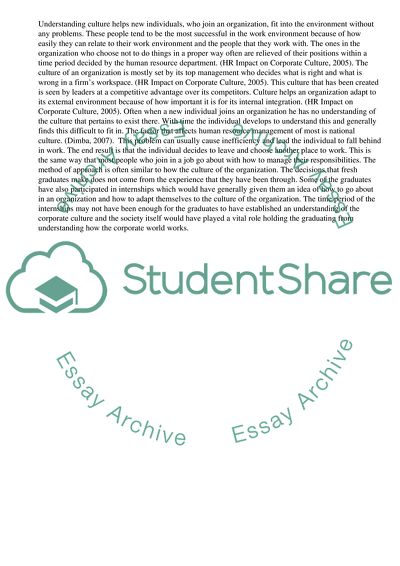Cite this document
(The Influence of Cultural Knowledge in Human Resource Management Research Paper, n.d.)
The Influence of Cultural Knowledge in Human Resource Management Research Paper. Retrieved from https://studentshare.org/management/1756894-the-influence-of-cultural-knowledge-in-human-resource-management
The Influence of Cultural Knowledge in Human Resource Management Research Paper. Retrieved from https://studentshare.org/management/1756894-the-influence-of-cultural-knowledge-in-human-resource-management
(The Influence of Cultural Knowledge in Human Resource Management Research Paper)
The Influence of Cultural Knowledge in Human Resource Management Research Paper. https://studentshare.org/management/1756894-the-influence-of-cultural-knowledge-in-human-resource-management.
The Influence of Cultural Knowledge in Human Resource Management Research Paper. https://studentshare.org/management/1756894-the-influence-of-cultural-knowledge-in-human-resource-management.
“The Influence of Cultural Knowledge in Human Resource Management Research Paper”, n.d. https://studentshare.org/management/1756894-the-influence-of-cultural-knowledge-in-human-resource-management.


